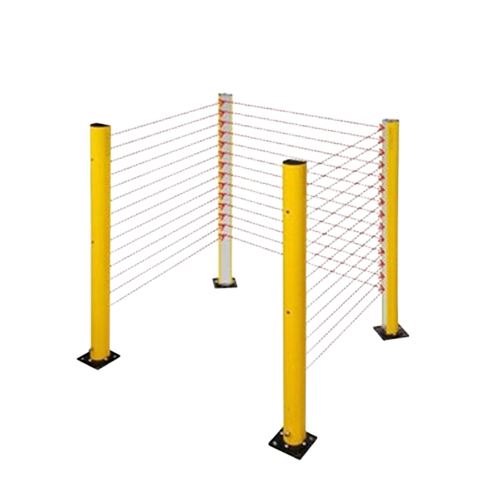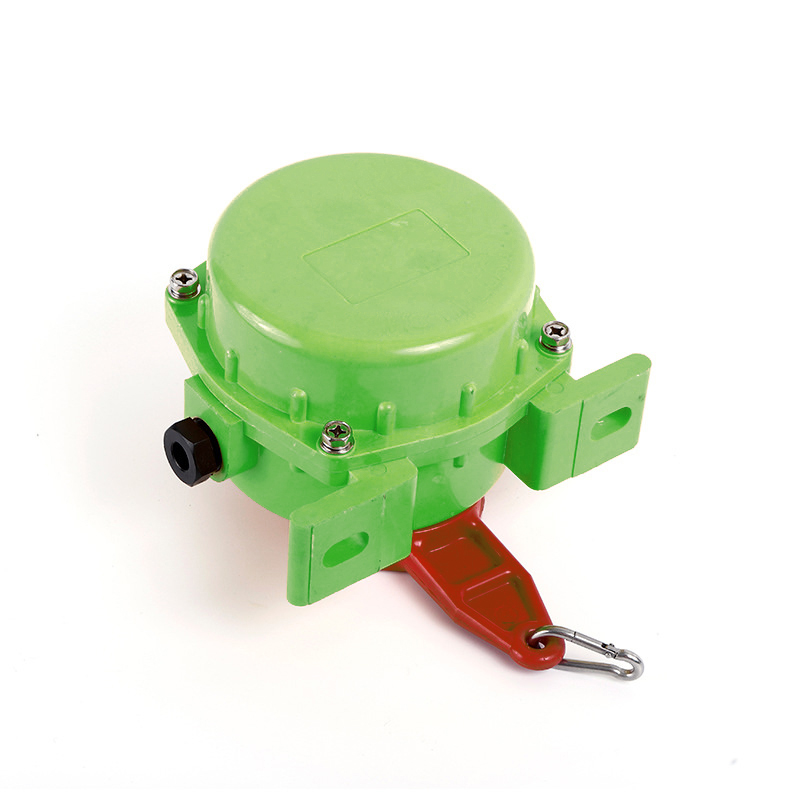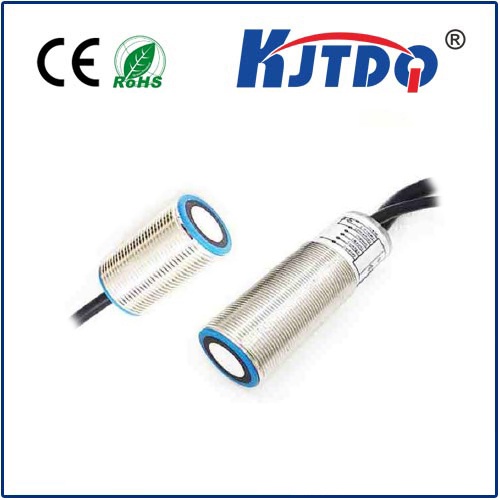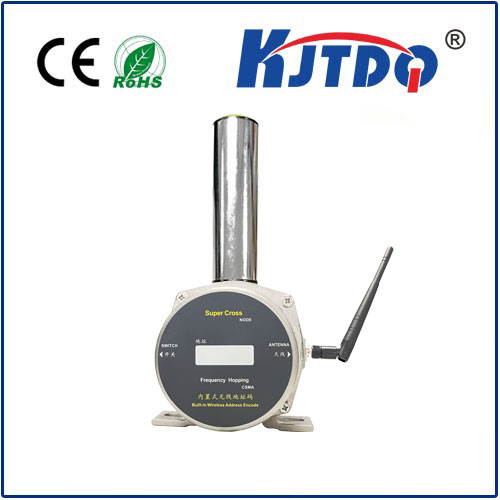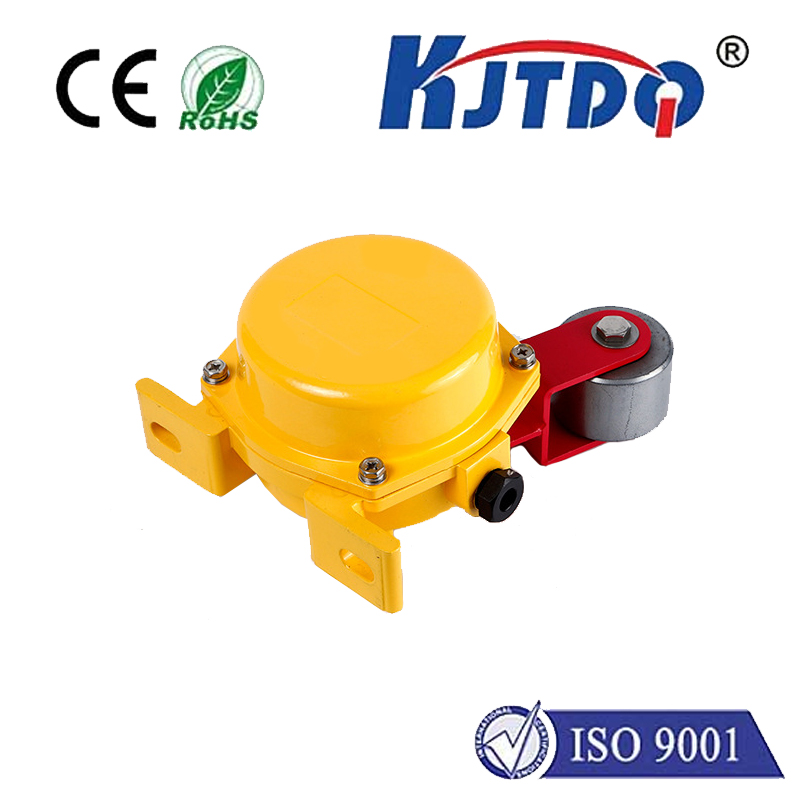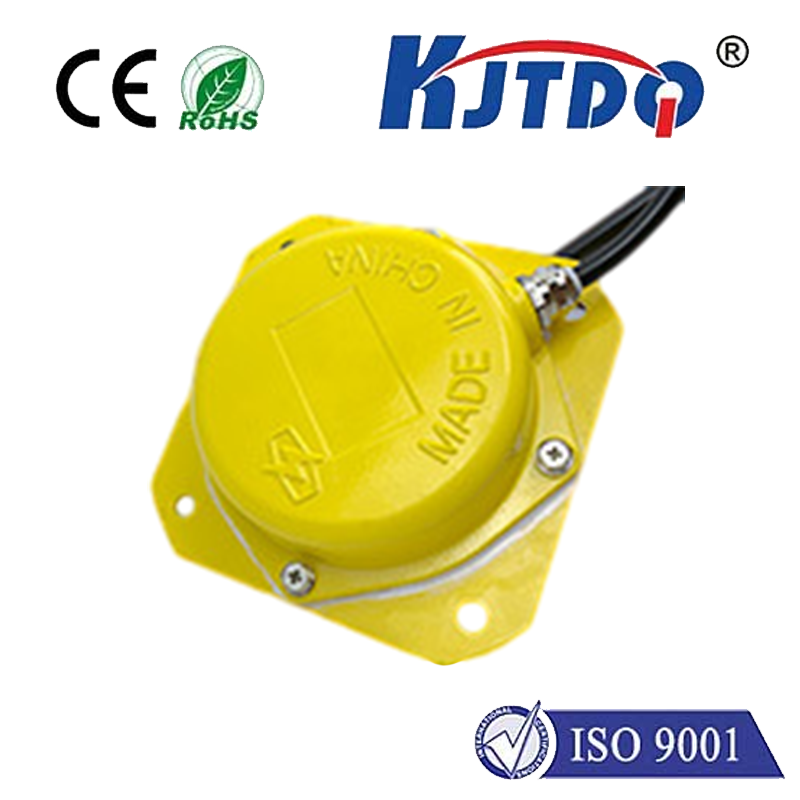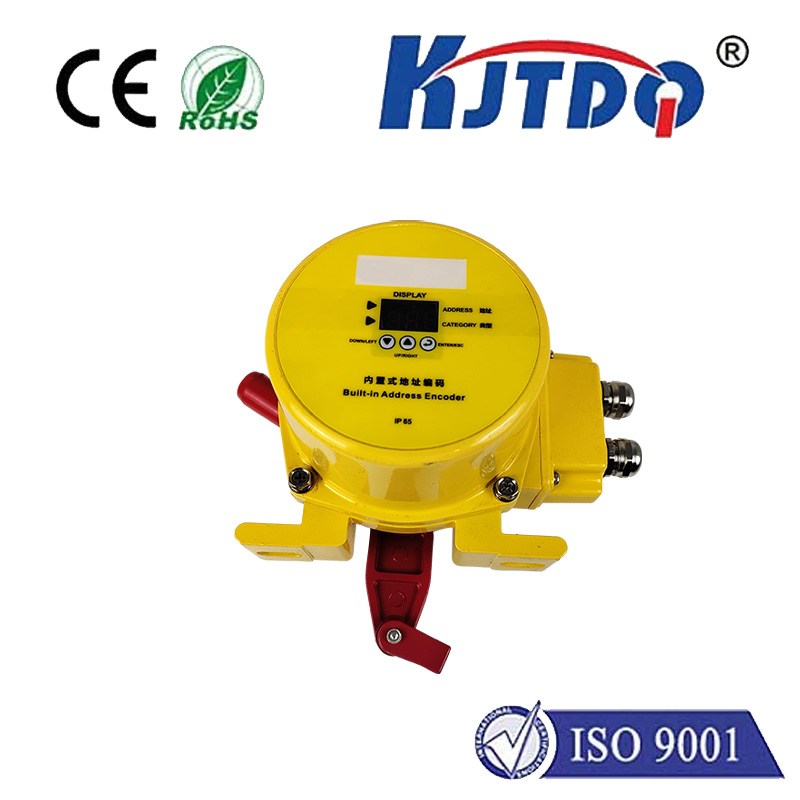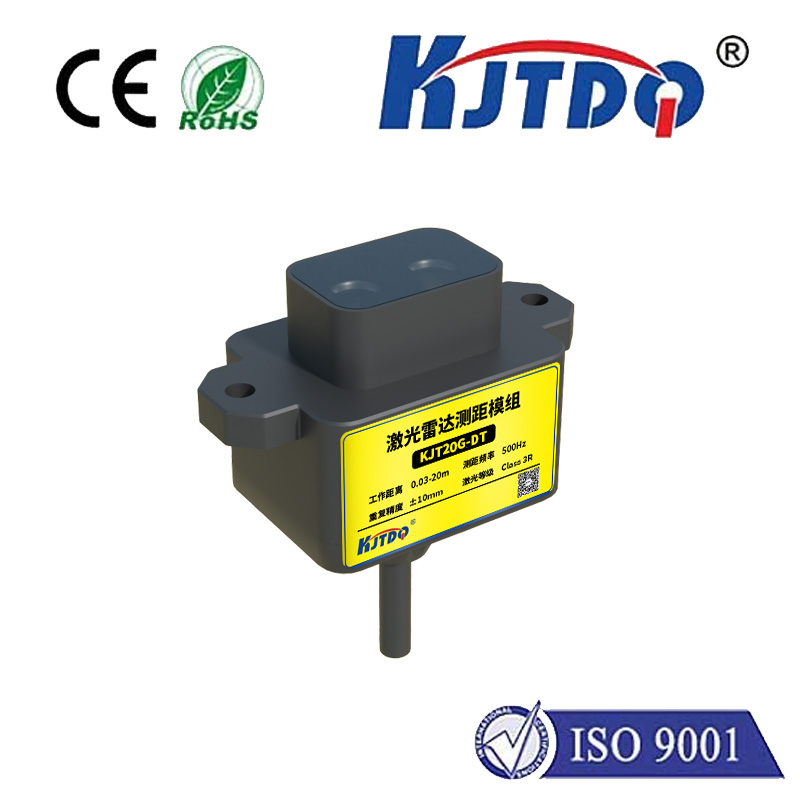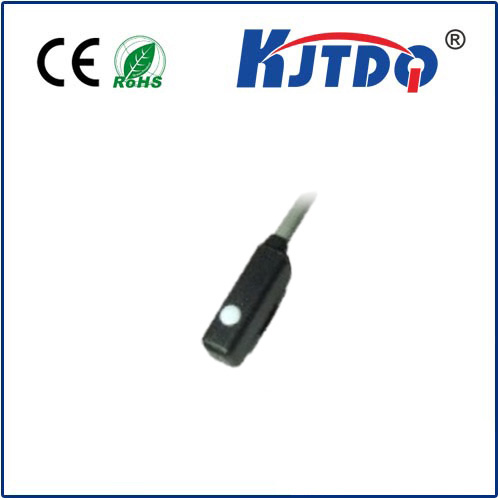

check

check

check

check
Unlocking the Power of Non-Contact Detection: A Deep Dive into the E18-D80NK Infrared Proximity Sensor
Imagine a device that senses objects without physical touch—preventing collisions in robots, automating doors with silent precision, or streamlining factory workflows. This is the realm of the E18-D80NK infrared proximity sensor, an unsung hero in automation and electronics. Far from being just another component, this sensor’s blend of simplicity, accuracy, and ruggedness has cemented its status in DIY projects and industrial systems worldwide. Whether you’re an engineer or a hobbyist, understanding the E18-D80NK unlocks smarter, contact-free solutions for countless real-world tasks.

At its heart, the E18-D80NK infrared proximity sensor operates on reflected light detection. It emits an invisible infrared (IR) beam from an integrated transmitter. When an object enters its detection range (typically 3–80 cm), this beam bounces back to the sensor’s receiver. An onboard circuit then translates the reflected signal into a digital output—switching from HIGH to LOW when an obstacle is detected. Unlike ultrasonic alternatives, it’s immune to sound interference but requires objects to be non-shiny and opaque for optimal IR reflection. This “light-based” mechanism enables swift, silent operation ideal for quiet environments.
The E18-D80NK’s popularity stems from its thoughtful engineering. Its adjustable detection range (via a built-in potentiometer) caters to flexible setups—tune it for close-range precision in robotic arms or broader sweeps for conveyor belts. Housing an IP67-rated casing, it shrugs off dust, moisture, and mechanical vibrations, thriving in demanding settings like outdoor kiosks or factory floors. Power-efficient at 5V DC, it draws minimal current (~25mA), making it perfect for battery-powered projects. Crucially, its NO/NC (Normally Open/Normally Closed) output simplifies integration with microcontrollers like Arduino or Raspberry Pi—no complex signal conversion needed.
While versatile, the E18-D80NK demands mindful deployment. Ensure ambient light interference is minimized—direct sunlight or strong IR sources (e.g., heaters) can disrupt readings. Mount the sensor stably to avoid false triggers from vibrations. For reflective or dark surfaces, calibrate its sensitivity dial iteratively. Connectivity is straightforward: link VCC to 5V, GND to ground, and OUT to a microcontroller’s digital pin—then program logic like “IF sensor=LOW, activate motor brake.” Pair it with optical filters or housings in dusty settings to maintain beam clarity.
Compared to ultrasonic sensors, the E18-D80NK offers quieter, faster response times (near-instantaneous detection). Versus capacitive sensors, it excels at long-range detection of non-metallic objects. While LiDAR delivers superior precision, its cost and complexity make the E18-D80NK a budget-friendly workhorse. Its killer advantage? Simplicity. No libraries or advanced math are needed—just plug, tune, and deploy. This accessibility explains its dominance in education and prototyping, where quick iteration matters.
From preventing manufacturing mishaps to sparking tech innovation, the E18-D80NK infrared proximity sensor exemplifies practical ingenuity. Its blend of durability, cost-efficiency, and ease of use continues to drive adoption across fields—proving that sometimes, the most elegant solutions stem not from complexity, but from mastering the basics of light and logic.
